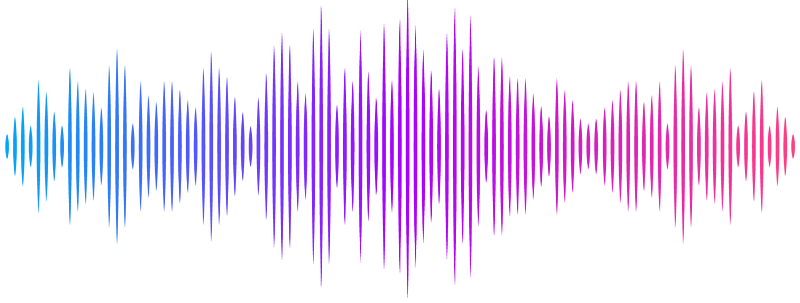Ubiquilin-2 liquid droplets catalyze α-synuclein fibril formation

Ubiquilin-2 liquid droplets catalyze α-synuclein fibril formation
Takei, T.; Sasazawa, Y.; Noshiro, D.; Kitagawa, M.; Kataura, T.; Mogi, H. H.; Kawauchi, E.; Nakano, Y.; Tashiro, E.; Saitoh, T.; Nishiyama, S.; Ogawa, S.; Kakuta, S.; Kazuno, S.; Miura, Y.; Korolchuk, V. I.; Noda, N. N.; Saiki, S.; Imoto, M.; Hattori, N.
AbstractLiquid-liquid phase separation (LLPS) and the subsequent liquid-solid transition are thought to be common aggregation mechanisms of neurodegeneration-associated proteins. -Synuclein (-syn), whose aggregation represents the major pathological hallmark of Parkinson\'s disease, is reported to undergo LLPS, which accelerates oligomer and aggregate formation in vitro and in vivo; however, the precise molecular events involved in the early stages of -syn aggregation remain controversial. In the present study, -syn aggregation was promoted by liquid droplets formed by ubiquilin-2 (UBQLN2) rather than directly by the LLPS of -syn. During the liquid-gel/solid transition of UBQLN2 droplets, -syn within the droplets was transformed into pathogenic fibrils both in vitro and within cells. The small compound SO286 inhibited both UBQLN2 self-interaction and -syn-UBQLN2 interaction by binding to the STI1 region of UBQLN2, thereby impairing -syn aggregation. These results indicate that UBQLN2 droplets catalyze -syn fibril formation and suggest that small molecules that target fibrillation-catalyzing proteins may represent a promising strategy for the development of therapeutics against neurodegenerative diseases.